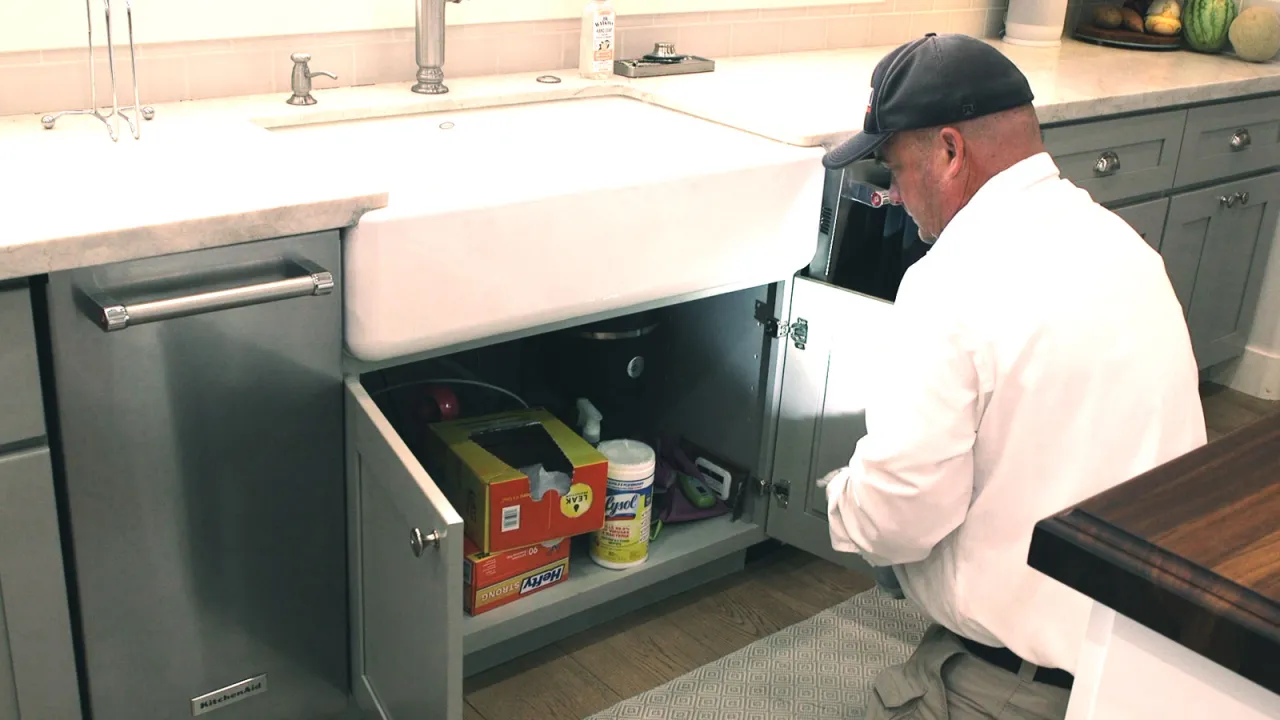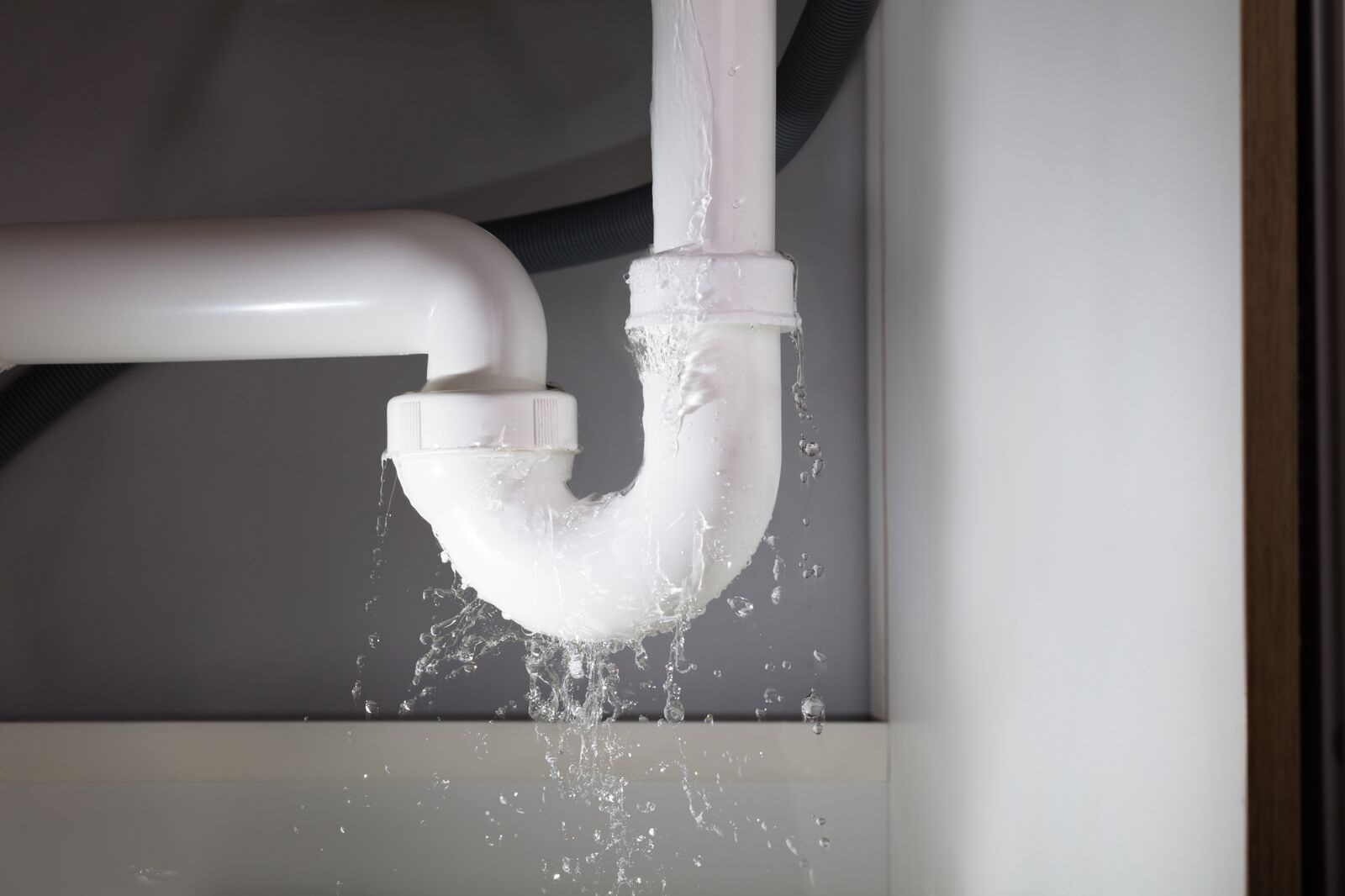Being a homeowner means understanding the challenges of maintaining a pest-free home. Rodents and insects frequently find their way inside. They find various entry points, causing infestations and damage.
Besides sealing these entry points, we’ll give you tips on using readily available materials to create a robust barrier against intruders. By taking proactive measures now, homeowners can dramatically reduce the risk of infestations in the future, making their homes safer and more comfortable. Whether you’re a DIY enthusiast or a first-time homeowner, this guide will help you protect your home from pests.
This guide will explore common pest entry points. We’ll give tips on sealing them to protect your home from unwanted intruders.
Cracks and Gaps in Exterior Walls
There are lots of ways for ants, spiders, and mice to get into buildings. Check out the exterior of your house. Examine the spaces surrounding doors, windows, and vents. Utilise weather-resistant sealant or caulk for sealing gaps and cracks. This will keep out pests. Also, install door sweeps and weather stripping. They will seal doors and windows. This will reduce pest infiltration.
To boost your crack-sealing efforts, use wire mesh to cover larger gaps before applying sealant. These materials provide added protection against pests while still allowing for adequate ventilation.
Gaps Around Pipes and Utility Lines
Pipes and utility lines entering the home often create gaps. Pests can exploit these gaps to gain access. Check areas where pipes and utility lines enter the walls or foundation. Plumbing, HVAC, and electrical conduits are all there. Steel wool or expanding foam can be used to seal off any openings around these entry points. This will block pests from entering. Regularly check and replace worn or damaged seals around pipes and utility lines. This will maintain your pest barriers.
Also, seal gaps around pipes and utility lines indoors. Don’t overlook outdoor areas like crawl spaces, vents, and roof eaves. Install wire mesh or rodent-proof screens over vents and openings. This will prevent pests from entering while allowing for proper ventilation.
Damaged Screens on Windows and Doors
Screens on windows and doors are vital pest barriers. Over time, though, they can get worn out or damaged. If you see tears, holes, or loose fittings, fix or replace them. You’ll get better pest protection and durability with heavy-duty or pest-resistant screens. Make sure screens fit in window and door frames. This will prevent pests from squeezing through any gaps.
To boost pest protection, install door sweeps on exterior doors. They seal gaps at the bottom. This simple, effective measure can keep pests out and cut drafts. It will also improve energy efficiency.
Unsealed Cracks and Gaps in Interior Walls
Even small cracks in walls can let pests move between rooms. In particular, look for internal wall damage near baseboards, outlets, and plumbing. Look for any cracks or gaps and seal them with caulk or spackling compound if discovered. Make sure to pay attention to the intersection of the walls and ceiling. Seal your home well. Pests can enter through the smallest openings.
Also, seal cracks in interior walls. Then, install door sweeps on interior doors. This will stop pests from moving between rooms. This barrier can help contain pests and slow their spread in your home.
Defend Your Attic Vents and Chimney
Chimneys and attic vents let in pests like birds and bats. They are often over looked as entry points. Check that chimney caps and attic vents are secure and undamaged. There should be no gaps that pests could use to enter. Consider installing mesh screens or wire mesh over vents. This will prevent pests from accessing these areas while allowing ventilation. Regularly check and maintain chimneys and attic vents. They must be secure and pest-proof.
Garage and Basement Entry Points
Multiple entry points in the basement and garage can let pests in. Look for any signs of damage or openings on windows, doors, and garage doors. Pests could be allowed in. Apply weatherproof sealant to any cracks or openings to caulk or seal them. Install door sweeps or weather stripping on your garage doors to ensure they are secure. Search for pipes, electrical wiring, and air vents in basement areas. Fill in any gaps to prevent pests. A well-maintained and sealed house won’t let pests in.
Do Pest Control Block Entry Points?
Yes, mice control professionals block entry points. To find potential entry points, pest control professionals look for cracks, gaps, and openings in windows and doors. Sealants such as caulk, expanding foam, or other sealants are used to repair cracks and gaps in the house. This method stops pests from getting in. If there are more significant issues, such as damaged siding or roof tiles, they might recommend repairs or coordinate with other professionals to fix these areas. Pest control companies often provide advice on maintaining your property to prevent future infestations, including landscaping tips and regular inspections. By addressing entry points, pest control professionals help to create a barrier against various pests, making your home less inviting to them.
In Conclusion
Dealing with pests in the summer is a usual occurrence for homeowners. Various insects, such as ants and spiders, invade our homes seeking food, shelter, and warmth. To ensure your home remains free of pests, it’s important to know how they enter. A tiny gap can let animals and insects get through, so identifying and sealing those holes is important.
You can reduce the likelihood of infestations by caulking frequent places of entrance for pests. This will keep pest trespassers out of your house. Proactive sealing and routine upkeep of both internal and external surfaces are essential for creating efficient insect barriers. With these ideas, you can maintain a pest-free house. Knowing that uninvited pests are out of your space will give you peace of mind.




